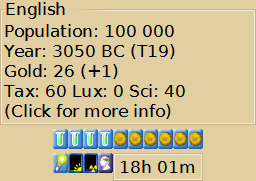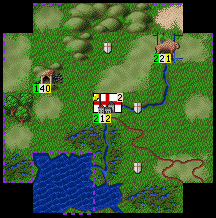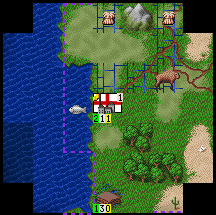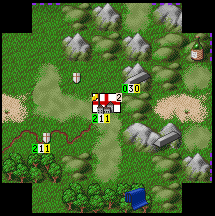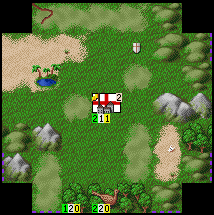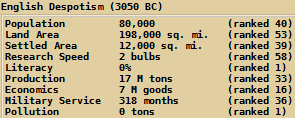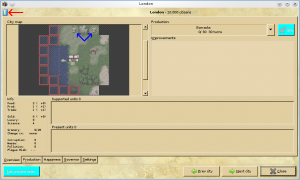It’s time for my 20th turn of LT30.
Since this journal clearly isn’t anymore daily I’ll be calling it simply as journal from now on.
Research
I have researched 46 of 56 bulbs for the next tech. I am not sure if I should research for Alphabet… For example Masonry would be quite useful, too.
Westminster
Westminster finished my first Settler few turns ago but grew back to size 2 on the next turn.
I learned that I had calculated wrongly the effect of Settlers or Migrants reducing the city size — I thought the granary would be half full (10 of 20) after the city has reduced to size 1. However either it doesn’t reduce the food or it’s half full added with the surplus food from that city for that turn.
For example London finished Migrants on this turn and it still has 19 of 20 food in granary and will be growing back to size 2 next turn. It can finish next Migrant in 3 turns or Settler in 7 turns. London had +3 food in surplus for that turn. These numbers don’t match up…
This brings out an interesting question: what if the Granary is over 20 when the Settler/Migrant is built? If it’s reduced to half of granary plus first surplus, it might be better to build Migrants than loose surplus food when producing shields for Settlers…
I’ll have my second Settler from Westminster in 3 turns.
London
London finished my first migrant this turn. I sent it to Birmingham where it was added to aid Birmingham in growing to size 2. I continue by building Migrants for now but I’m not sure if I’ll change it to Settlers later.
Birmingham
Birmingham is still building Warriors for basic security for my cities. I cannot use the Iron mountains fully yet because there isn’t enough food available. I would need better government before I can get more than 2 food from any of the nearby tiles. I’ll need to get one worker building mine here though.
Liverpool
Liverpool will also be building its first Settler in 5 turns.
Demographics
Once again these stats don’t show the full truth. I guess it’s because I built Migrants this turn and some workers where not working tiles when these stats were generated on the turn change. Also my population is back to 100,000 because I moved migrants to Birmingham.
Top Cities
There’s now four cities of size 3.

